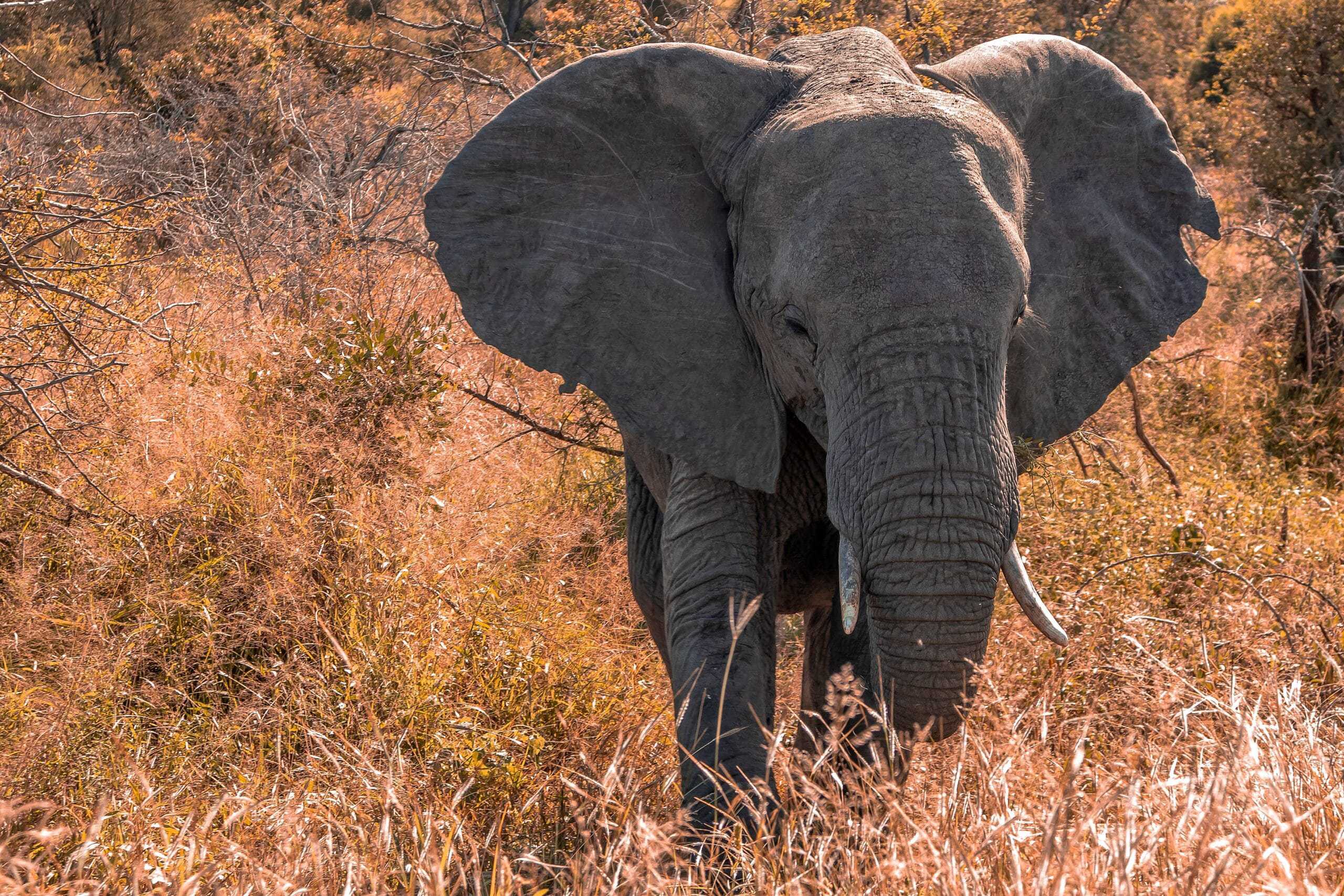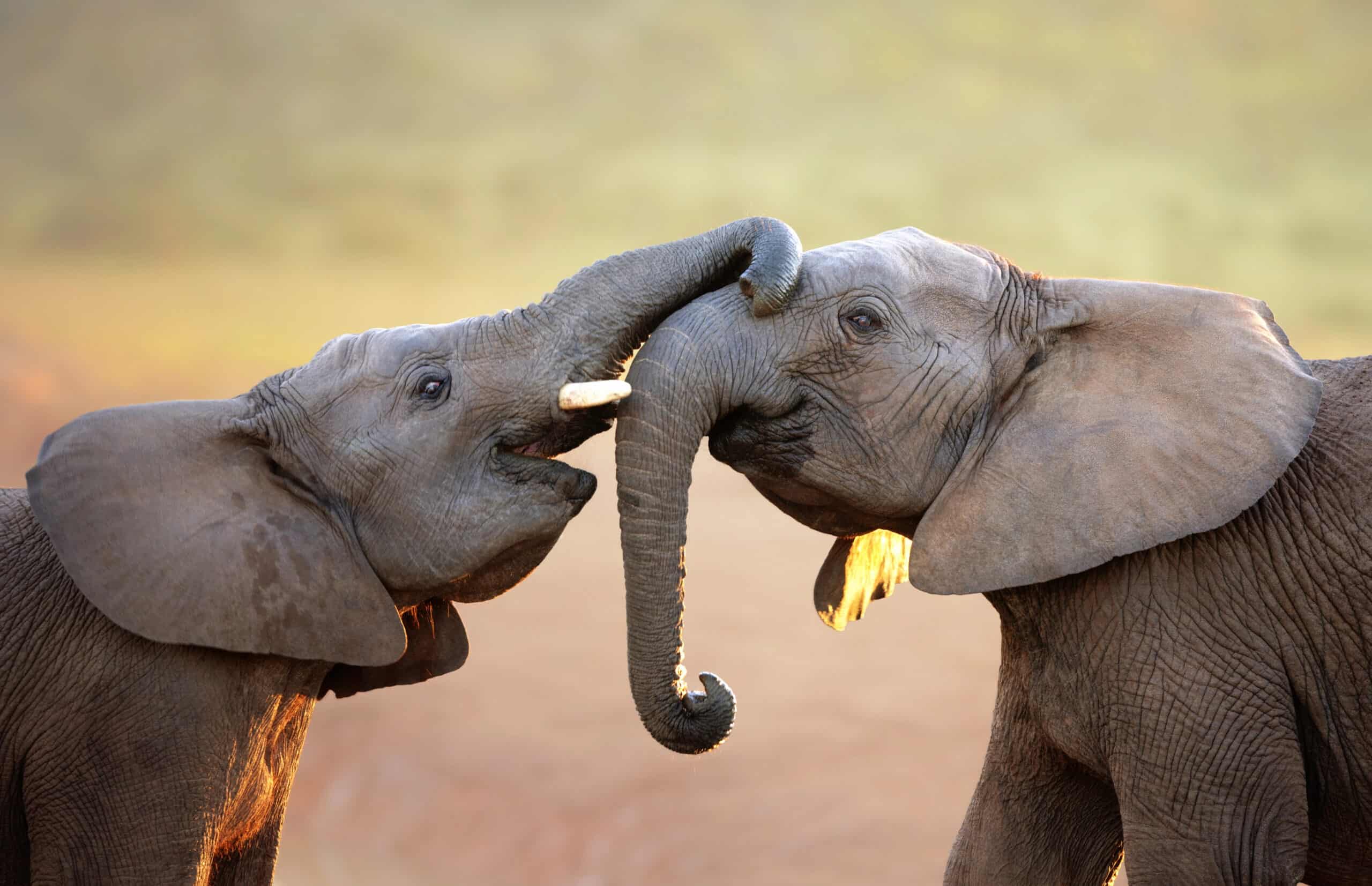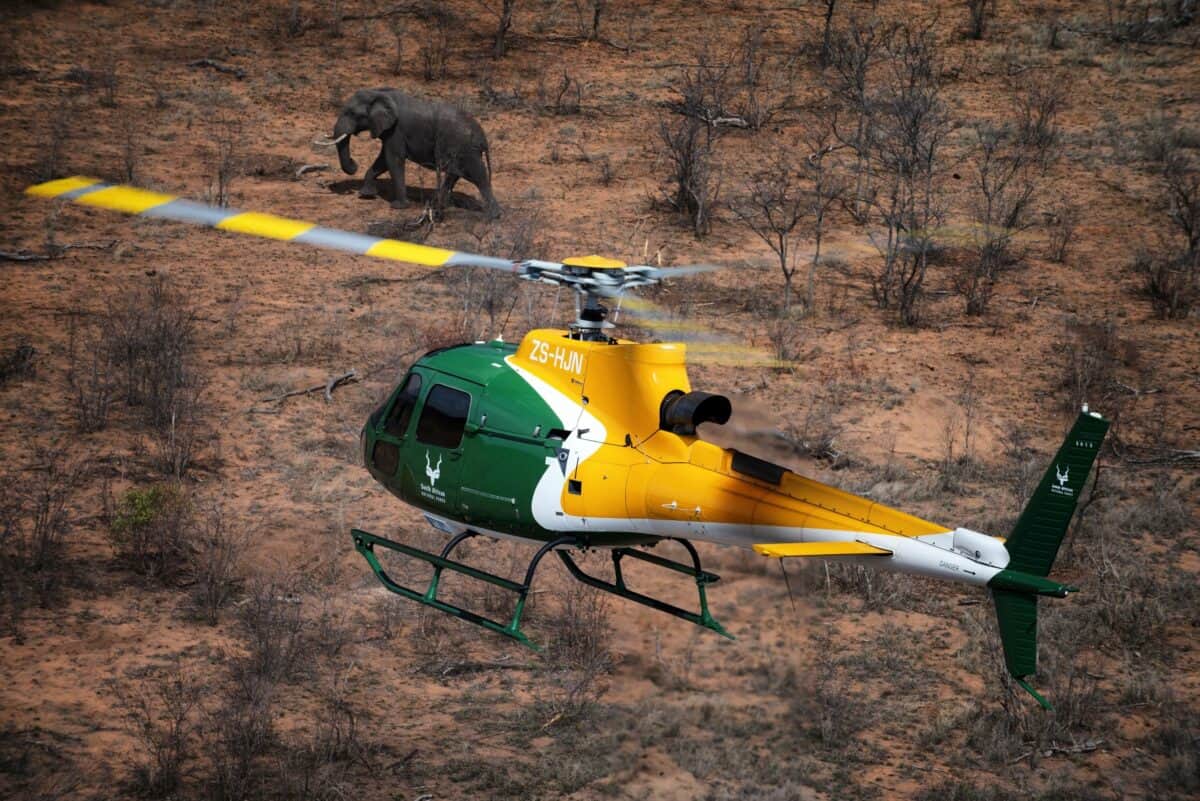A helicopter races to catch an elephant poisoned by poachers.
Introduction

This elephant was poisoned by poachers and found in a very critical state. In the video, we witness the rescuer’s moments of intervention by a team of wildlife rescuers determined to save her.
The Rescue Operation

The rescuers had to sedate the elephant, to provide her with the antidote. The rescue team works against the clock to get her the antidote in time. This operation shows the lengths to which conservationists go to save an individual animal.
Meticulous Care and Recovery

The elephant receives comprehensive care at the hands of the rescuers They treat her wounds and carefully position her to ensure optimal breathing during recovery. This level of care emphasizes the importance of understanding animal physiology and the complexities involved in wildlife rescue operations.
Happy Ending

The elephant makes a complete recovery, showcasing the impact of skilled and dedicated wildlife conservation efforts.
Poaching for Ivory

One of the greatest threats to African elephants is poaching for their ivory tusks. Despite international bans, illegal ivory trade continues, driven by demand in some parts of the world. Poaching significantly reduces elephant populations and disrupts their social structures.
Habitat Loss

Deforestation and agricultural expansion are leading to significant habitat loss for African elephants. As humans convert forests and savannas into farmland or urban areas, elephants lose their natural habitats, leading to increased human-elephant conflicts and reduced food sources.
Human-Elephant Conflict

As elephants’ natural habitats shrink, they often wander into human settlements in search of food, leading to conflicts. These encounters can result in damage to crops and property, and sometimes, harm to both humans and elephants. Finding ways to mitigate these conflicts is crucial for conservation.
Anti-Poaching Efforts

Conservation organizations and governments are working to combat poaching through anti-poaching patrols, stricter laws, and international cooperation. Technologies like drones and GPS tracking are also being used to monitor elephant movements and protect them from poachers.
Community-Based Conservation

Involving local communities in conservation efforts is vital for the success of elephant protection. Initiatives that provide economic benefits to communities through eco-tourism or sustainable agriculture help create incentives for locals to protect elephants and their habitats.
Conclusion

Let me know what you thought about this video when the helicopter catch the elephant in time in the comments! You may also like:
Join our Forum for free today!



